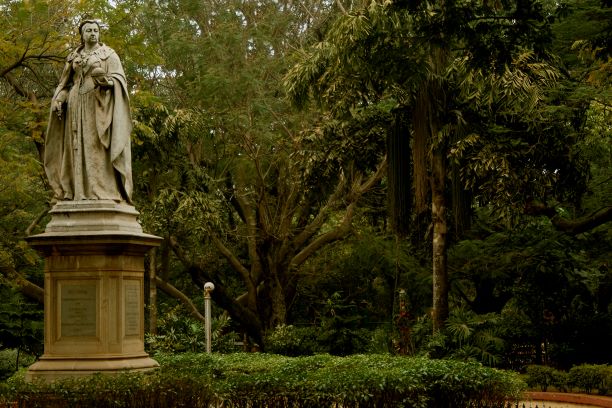

The move was decided after realizing the potential of these wells, and the horticulture department with the help of a private firm and an NGO have started the process of digging them in order to revive them. 65 shallow wells at a depth of 13-16 ft will help them recharge and store rainwater year round.


With this the Cubbon Park will become a model in harvesting rainwater in the coming months when the monsoons will hit the state. Spread over an area of 300 acres, Cubbon Park in the city of Bangalore is a major sightseeing attraction rich in green foliage. It is a green belt region of the city and is an ideal place for nature lovers. It is home to more than 6,000 trees that support vibrant ecosystems and is a landmark ‘lung’ area of Bengaluru city.
The recharge wells are expected to harvest 10 lakh litres of rainwater, which will increase the water table of the surrounding areas as well. According to the horticulture department, thirty eight recharge wells have already been constructed.
A horticulture department official said the project is a part of the Cubbon Park rejuvenation project, and is being completed in collaboration with India Cares Foundation, First American Financial Corporation, city-based environmental group Friends of Lakes (FoL) and Biome, a design firm focused on ecology, architecture and water. “The current phase is being implemented at a cost of Rs 57 Lakh,” the official said.
Shubha Ramachandran from Biome Environmental Trust told a local daily, “The work is being carried out in two phases and the first phase started in April. First we rejuvenated the 7 wells by desilting them so that water can collect during monsoons and installed water pumps to pump out the groundwater. In the second phase we are digging recharge wells. 40 of them have been dug and another 25 will be completed this month.”
The source of the well is an aquifer — an underground layer of permeable soil that contains water and allows its passage. As the rain has already begun, officials and water experts are hoping the wells will do good to the park.
[related_post]
“The current water facility at the park is not enough for it to sustain. The horticulture department uses treated water from a 1.5 MLD sewage treatment plant in the park and the remaining from the supply from the BWSSB. But this water is not enough. Hence, the recharge pits are necessary,” said Shubha Ramachandran, water team head, BIOME Environmental Trust, which launched the campaign along with FoL.
Environmental group FoL adds that the existing open wells are now yielding 60,000 litres of water every day. Another expert opined that recharge pits may generate more than 80,000 litres of water a day in future, and the park can sustain if the demand for water doesn’t increase.
To improve water harvesting deeper open wells are being dug this time instead of pits. These will help harvest sweet rainwater, replenish the water table and avoid urban flooding to a certain extent. To promote these wells, 500 families of Bhovi community, who are experts in well digging, have been identified and assigned the job to dig and maintain recharge wells. As a result of this project, three ponds namely Karagada Kunte, Lotus Pond and the one behind the Wodeyar Statue, will be revived. The newly laid paths in the park that are obstructing the flow of water will also be redesigned.
Pic courtesy: Deccan Herald, MP murthy
1. The mandate for blending Compressed Biogas (CBG) with natural gas has come into effect…
Andhra Pradesh is striving towards greening its energy sector with quite some speed. In a…
With an objective to bolster India’s green energy goals, a Tripartite Agreement has been signed…
The Union MNRE Minister Pralhad Joshi launched the Green Hydrogen Certification Scheme of India (GHCI)…
India’s energy conglomerate Bharat Petroleum Corporation Limited (BPCL) has commissioned a 5MW green hydrogen plant…
In a historical development, the European Space Agency (ESA) has successfully launched its pioneering ‘Biomass’…